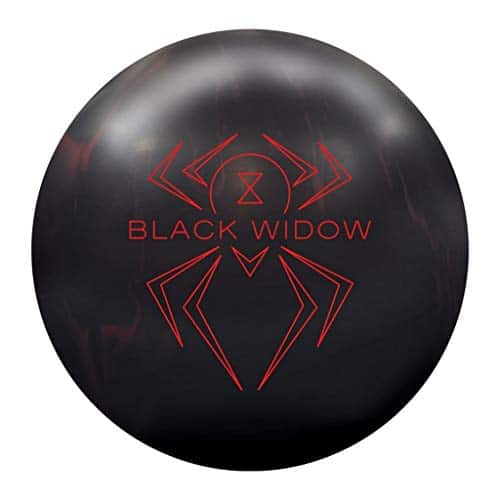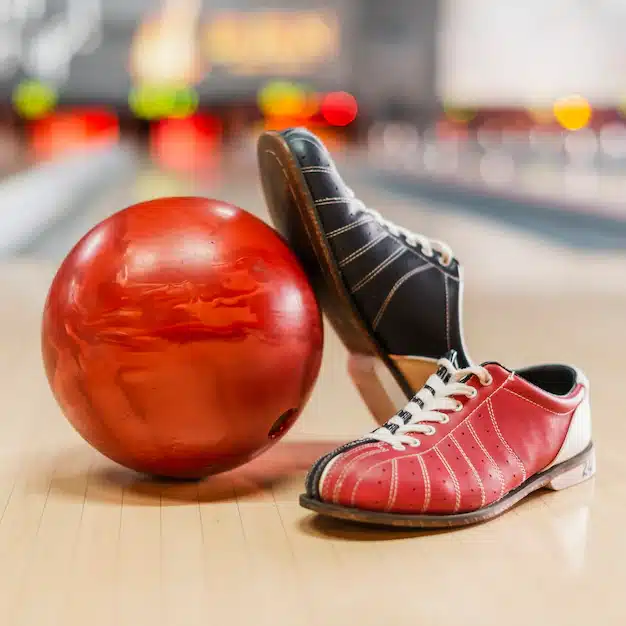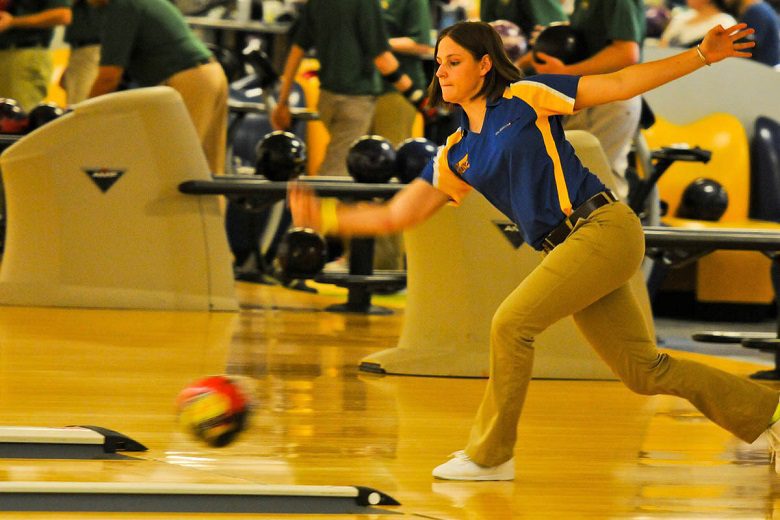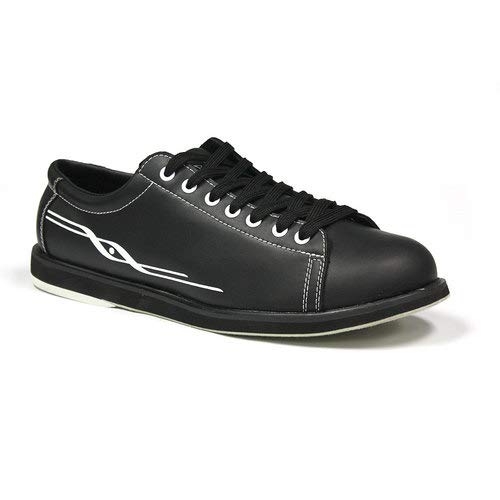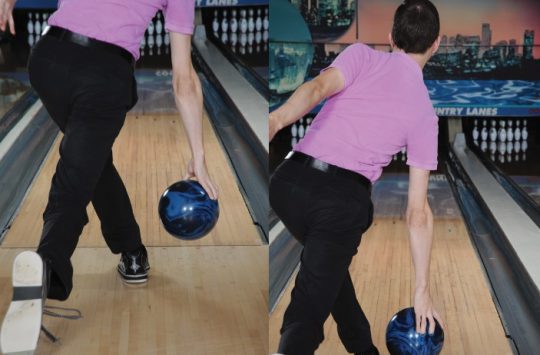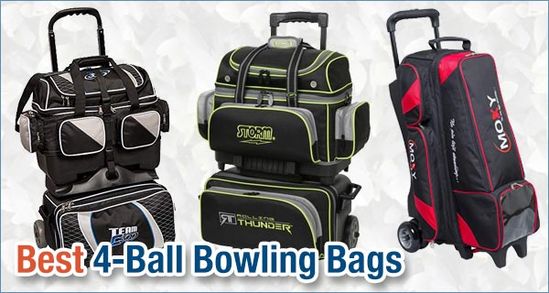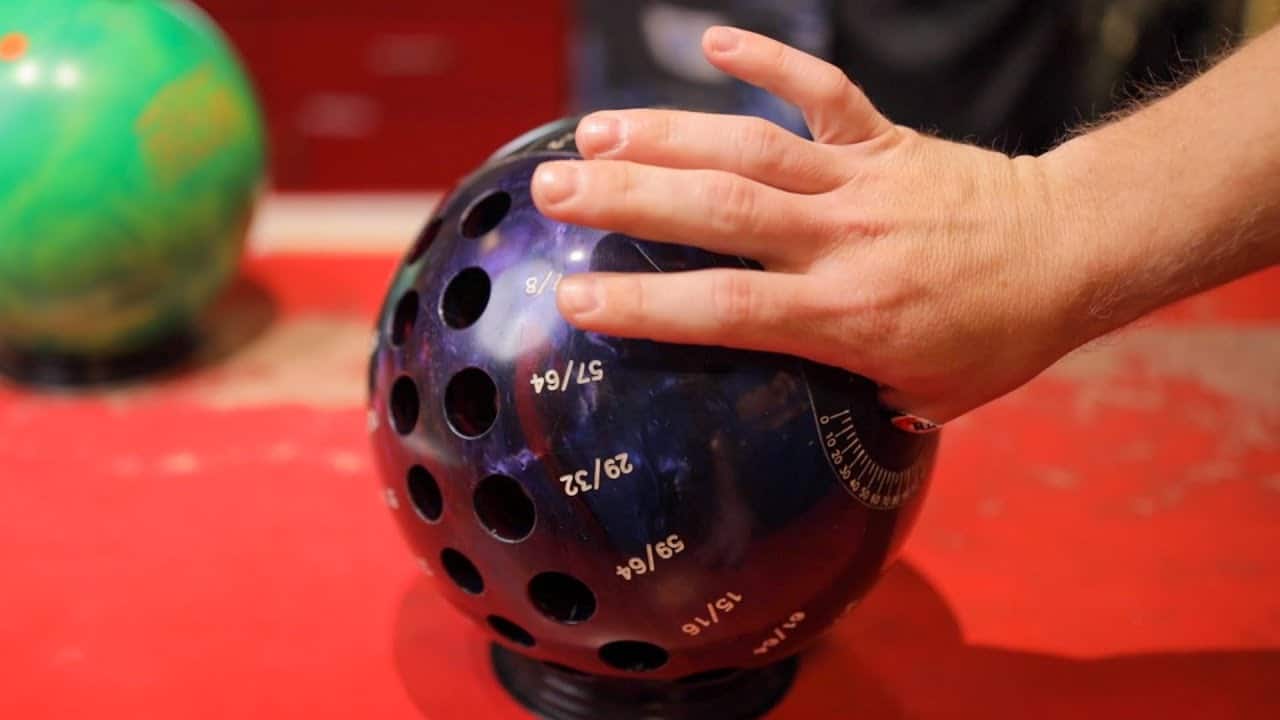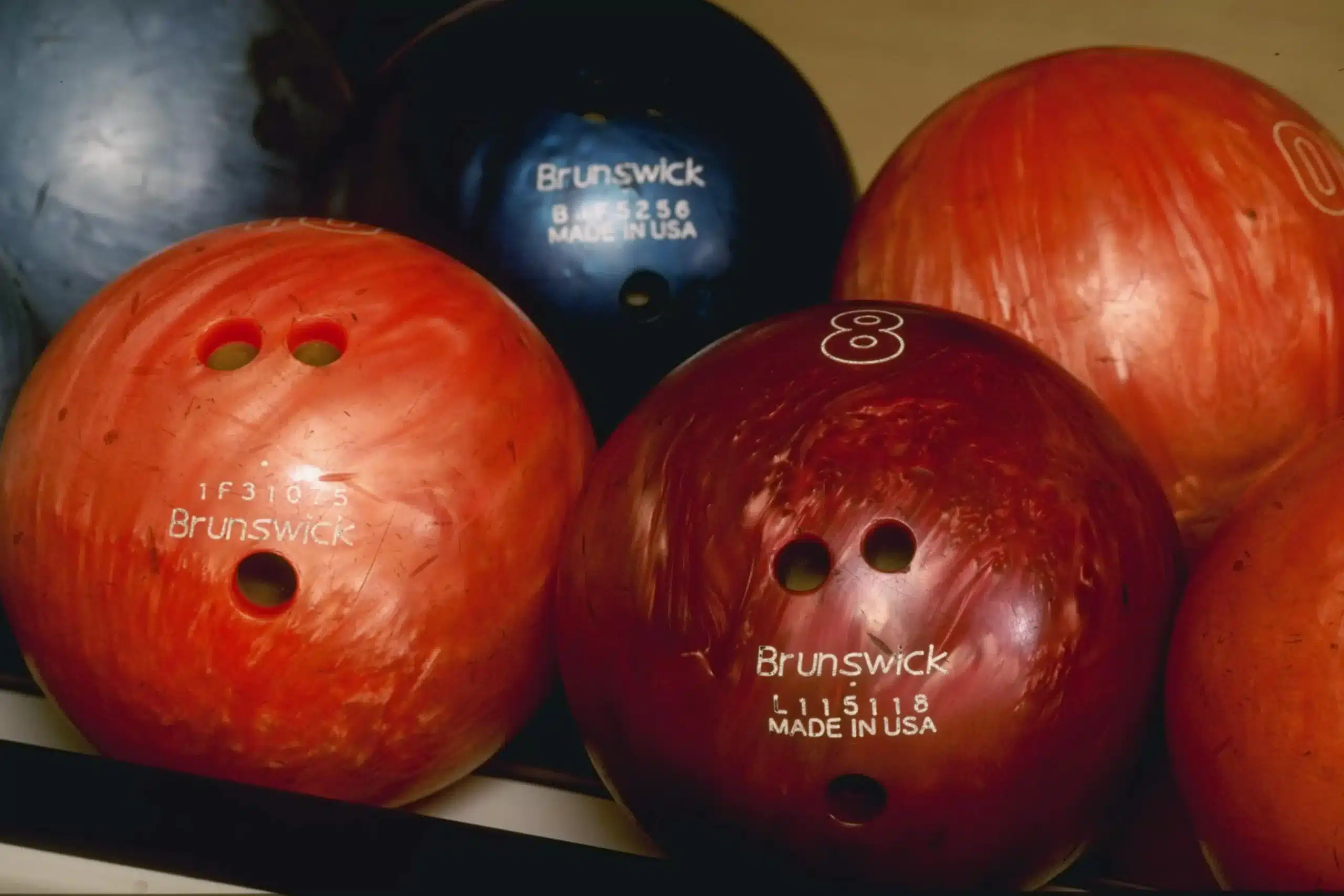Looking for some guidance on how to choose the perfect wrist brace? We’ve got you covered! In this article, we’ll walk you through the factors you should consider while selecting a wrist brace that suits your needs. Whether you’re dealing with a sports injury, carpal tunnel syndrome, or simply looking for extra support during physical activities, finding the right wrist brace can make a world of difference in your recovery and comfort. So, let’s dive in and discover the key factors that will help you make an informed decision and get back to your normal routine in no time!
This image is property of www.verywellfit.com.
Review contents
Types of Wrist Braces
Rigid Wrist Braces
Rigid wrist braces are designed to provide maximum support and stability to the wrist. These braces are typically made of hard materials such as plastic or metal, and they restrict the movement of the wrist joint. Rigid wrist braces are commonly used in cases of severe wrist injuries, fractures, or post-surgical rehabilitation. While they offer excellent support, they may limit wrist mobility and can be bulky and uncomfortable to wear for extended periods.
Soft Wrist Braces
Soft wrist braces, also known as elastic or neoprene braces, are made of flexible and stretchable materials. They provide a moderate level of support and are often used for general wrist protection, mild sprains, or prevention of wrist injuries during activities such as sports or repetitive tasks. Soft braces are lightweight, comfortable to wear for longer durations, and allow a greater range of wrist motion compared to rigid braces. However, they may not provide sufficient stability for more severe injuries.
Thumb Stabilizing Wrist Braces
Thumb stabilizing wrist braces are specifically designed to support the thumb joint along with the wrist. They are commonly used for conditions such as De Quervain’s tenosynovitis or thumb sprains. These braces have an additional strap or splint that wraps around the thumb, providing extra support and stability. Thumb stabilizing wrist braces allow for a good range of wrist and thumb motion while still providing targeted support to the affected area.
Open vs Closed Wrist Braces
Open wrist braces have a partial or full opening on the palm side of the brace, allowing for better airflow and finger mobility. They are suitable for individuals who require wrist support but still need to maintain a high level of dexterity and grip strength. Closed wrist braces, on the other hand, fully enclose the wrist and hand, providing maximum support and stability. They are often used in cases of severe injuries or during times of immobilization or rest.
Medical Conditions
Carpal Tunnel Syndrome
Carpal tunnel syndrome is a common condition that occurs when the median nerve, which runs through a narrow passageway in the wrist called the carpal tunnel, becomes compressed or irritated. Wrist braces can help alleviate the symptoms of carpal tunnel syndrome by providing support to the wrist and reducing pressure on the median nerve.
Wrist Sprains and Strains
Wrist sprains and strains are injuries that occur when the ligaments or tendons in the wrist are stretched or torn. Wrist braces can help immobilize the injured area, reduce swelling, and provide stability during the healing process. They can also prevent further damage and assist in pain management.
Arthritis
Arthritis is a condition characterized by inflammation and stiffness in the joints. Wrist braces can provide compression and support to reduce pain and inflammation caused by arthritis. They can also help improve joint alignment and increase comfort during activities that may aggravate the condition.
Tennis or Golfer’s Elbow
Tennis elbow, also known as lateral epicondylitis, and golfer’s elbow, known as medial epicondylitis, are conditions that cause pain and inflammation on the outer or inner side of the elbow, respectively. Wrist braces that include an epicondylitis strap can help relieve the strain on the elbow tendons by redistributing the pulling forces away from the affected area.
Repetitive Wrist Motion Injuries
Repetitive wrist motion injuries, such as tendonitis or carpal tunnel syndrome caused by repetitive activities, can benefit from the use of wrist braces. These braces can provide support and reduce stress on the wrist during repetitive movements, allowing for a more comfortable and safer working or playing environment.
Fit and Comfort
Size and Adjustability
Ensuring the correct fit is crucial when choosing a wrist brace. Most braces have adjustable straps or closures that allow the user to customize the fit according to their wrist size. It is essential to measure the circumference of the wrist accurately and refer to the manufacturer’s sizing chart to select the appropriate size. A properly fitted brace will provide optimal support and comfort while minimizing the risk of slippage or restriction of blood flow.
Material and Padding
The choice of material and amount of padding in a wrist brace can significantly impact comfort. Soft and breathable materials, such as neoprene or breathable fabrics, are often preferred for their moisture-wicking properties and ability to prevent skin irritation. Adequate padding can provide additional cushioning and prevent pressure points, enhancing overall comfort during extended periods of use.
Breathability
Wrist braces that allow for sufficient airflow and ventilation can help prevent excessive sweating and discomfort. Breathable materials or perforated designs contribute to better air circulation around the wrist, reducing the risk of skin irritation and promoting a more pleasant wearing experience.
Ease of Use
The ease of use of a wrist brace is an important consideration, particularly for individuals who may have limited dexterity or mobility. Look for braces with adjustable straps or closures that are easy to secure and adjust with one hand. Additionally, features such as quick-release buckles or hook-and-loop closures can make it easier to put on and take off the brace without assistance.
Anatomical Design
Wrist braces with an anatomical design are contoured to fit the natural shape of the wrist and offer a more comfortable and secure fit. These braces provide evenly distributed pressure and can help prevent excessive rubbing or bunching of material, minimizing discomfort and enhancing overall effectiveness.
Level of Support
Mild Support
Wrist braces that provide mild support are typically used for preventive measures or minor wrist injuries. They offer a gentle level of compression and stabilization, allowing for a certain degree of wrist mobility while still providing support during activities that may strain the wrist.
Moderate Support
Moderate support braces are suitable for individuals with moderate wrist pain, sprains, or strains. These braces offer a higher level of compression and stability, providing increased support to the wrist and limiting motion to facilitate the healing process.
Maximum Support
Wrist braces that offer maximum support are recommended for severe wrist injuries, post-surgical recovery, or conditions requiring immobilization. These braces restrict wrist movement and provide the highest level of stability and support to promote healing and minimize further damage.
This image is property of www.verywellhealth.com.
Functional Features
Wrist Mobility
Consider the level of wrist mobility required for your specific needs when selecting a wrist brace. If you need more freedom of movement, opt for a brace that allows for a greater range of motion. Alternatively, if immobilization is necessary, choose a brace that restricts wrist movement to prevent further injury.
Finger Mobility
Some wrist braces come with finger holes or openings that allow for full finger mobility. These braces are suitable for activities that require fine motor skills or a strong grip. However, if you require complete immobilization of the fingers, consider a brace that covers the entire hand.
Ease of Use
The ease of use of a wrist brace can greatly impact its practicality. Look for braces with user-friendly features such as adjustable straps, easy-to-use buckles, or hook-and-loop closures that allow for quick and convenient application and removal.
Waterproofing
If you anticipate using the wrist brace in wet or humid conditions, consider a waterproof or water-resistant option. These braces are designed to withstand exposure to moisture without compromising their effectiveness or comfort.
Customizable Support
Certain wrist braces offer additional features that allow for customizable support. These may include removable splints or adjustable straps that can be repositioned to target specific areas requiring more support. Customizable support can be beneficial for individuals with unique needs or varying levels of injury severity.
Durability and Maintenance
Quality Construction
Choosing a wrist brace with durable construction is important to ensure its longevity and effectiveness. Look for braces made from high-quality materials and pay attention to the stitching or bonding of the different components. A well-constructed brace will withstand regular use, maintain its shape, and continue to provide the necessary support over time.
Cleaning and Maintenance
Proper cleaning and maintenance of a wrist brace are essential for hygiene and to prevent the buildup of odor-causing bacteria. Check the manufacturer’s instructions for guidance on how to clean the brace. Some braces may be hand-washable, while others may need to be wiped down with a damp cloth. Avoid using harsh chemicals or bleach that may damage the brace’s material.
This image is property of cdn.shopify.com.
Cost and Insurance Coverage
Pricing Considerations
Wrist braces vary in price depending on their features, materials, and level of support. Consider your budget and the specific requirements of your injury or condition when selecting a brace. It’s important to find a balance between cost and functionality to ensure you get the best value for your investment.
Insurance Coverage
In some cases, wrist braces may be covered by insurance, particularly if they are prescribed by a healthcare professional. Check with your insurance provider to determine if your policy covers the cost of a wrist brace or if you need a prescription for reimbursement.
Professional Advice
Consulting a Healthcare Professional
If you are unsure about which type of wrist brace is most suitable for your specific needs, it is recommended to consult a healthcare professional. They can assess your injury or condition, provide personalized advice, and guide you in selecting the right brace. A healthcare professional can also help ensure proper fitting and offer additional treatment options or recommendations.
This image is property of bracelab.com.
Customer Reviews and Ratings
Checking User Reviews and Ratings
Before purchasing a wrist brace, it can be helpful to read customer reviews and ratings. These provide insights into the experiences of others who have used the brace and can offer valuable information about the brace’s effectiveness, comfort, durability, and overall satisfaction. Consider multiple reviews and ratings to gain a well-rounded understanding of the product’s performance.
Trial and Return Policies
Considering Trial and Return Policies
Before finalizing your purchase, be aware of the trial and return policies offered by the manufacturer or retailer. These policies allow you to try the brace and assess its fit, comfort, and effectiveness. If you are unsatisfied with the brace or it does not meet your expectations, you can then return or exchange it for a different product or a refund, depending on the policy in place.
In conclusion, choosing the right wrist brace involves considering the type of brace, your specific medical condition, the level of support needed, fit and comfort preferences, functional features, durability, cost, insurance coverage, professional advice, and customer reviews. By carefully evaluating each of these factors, you can make an informed decision that will provide the optimal support and comfort for your wrist. Remember, it’s always best to consult a healthcare professional for personalized advice based on your individual circumstances.
This image is property of www.graceandable.com.









![Spare bowling ball Top 10 in 2024. (reviews) Top 10 Best Spare Bowling Balls [2021 Reviewed]](http://landofbowling.com/wp-content/uploads/2021/07/Top-10-Best-Spare-Bowling-Balls-2021-Reviewed.jpg)






